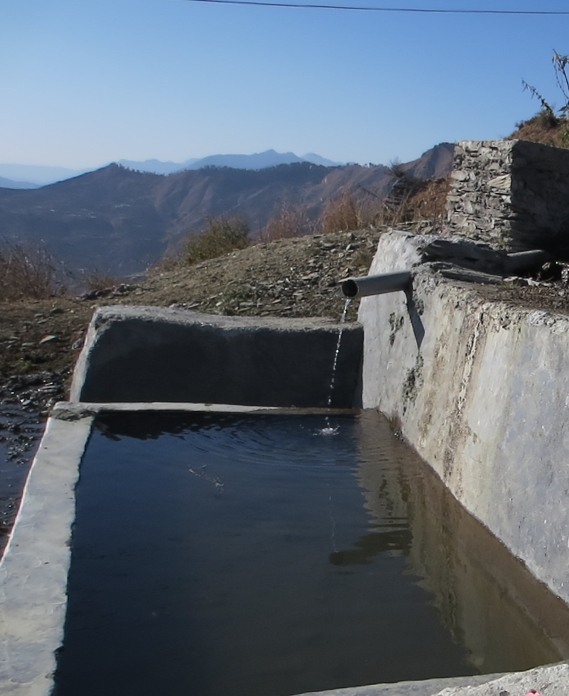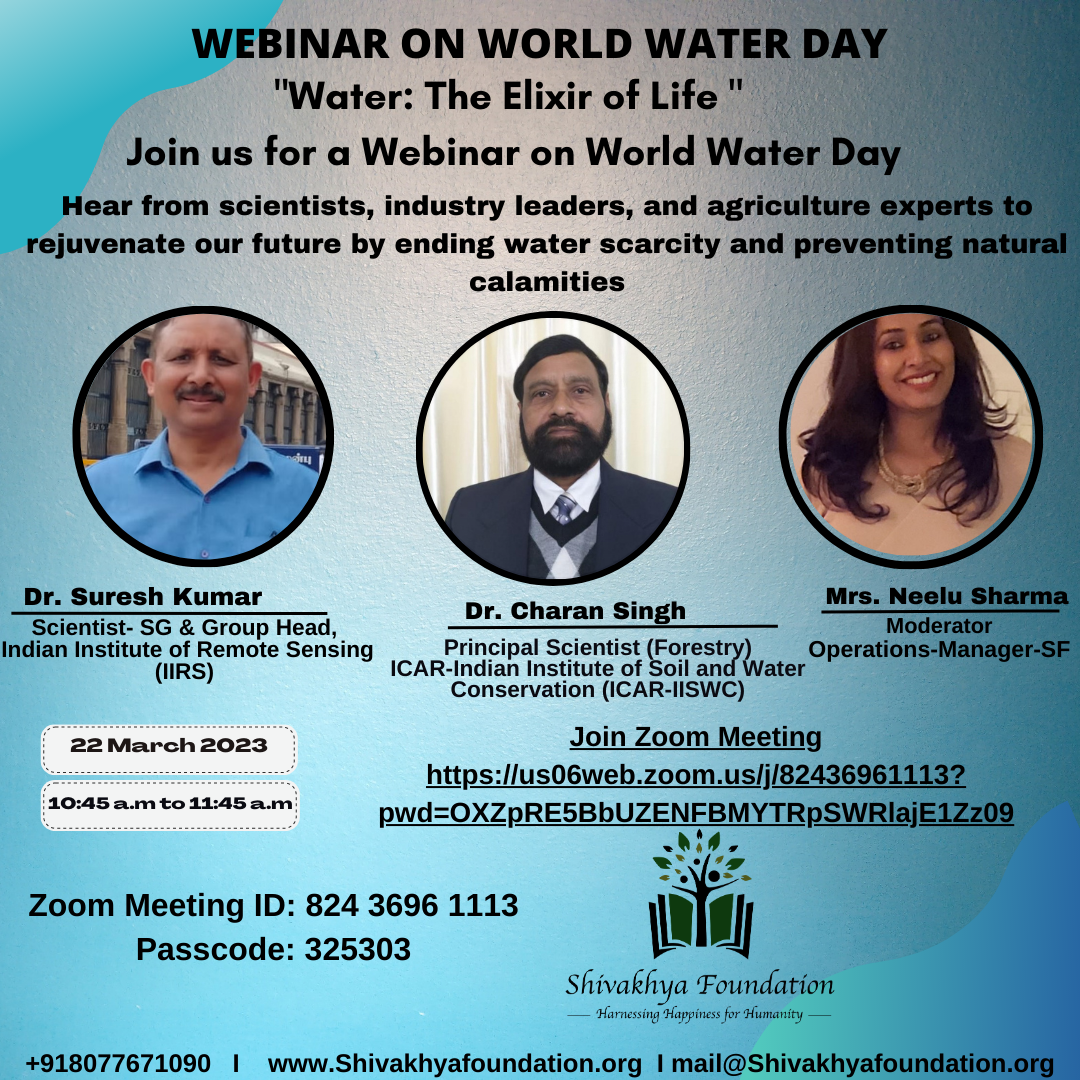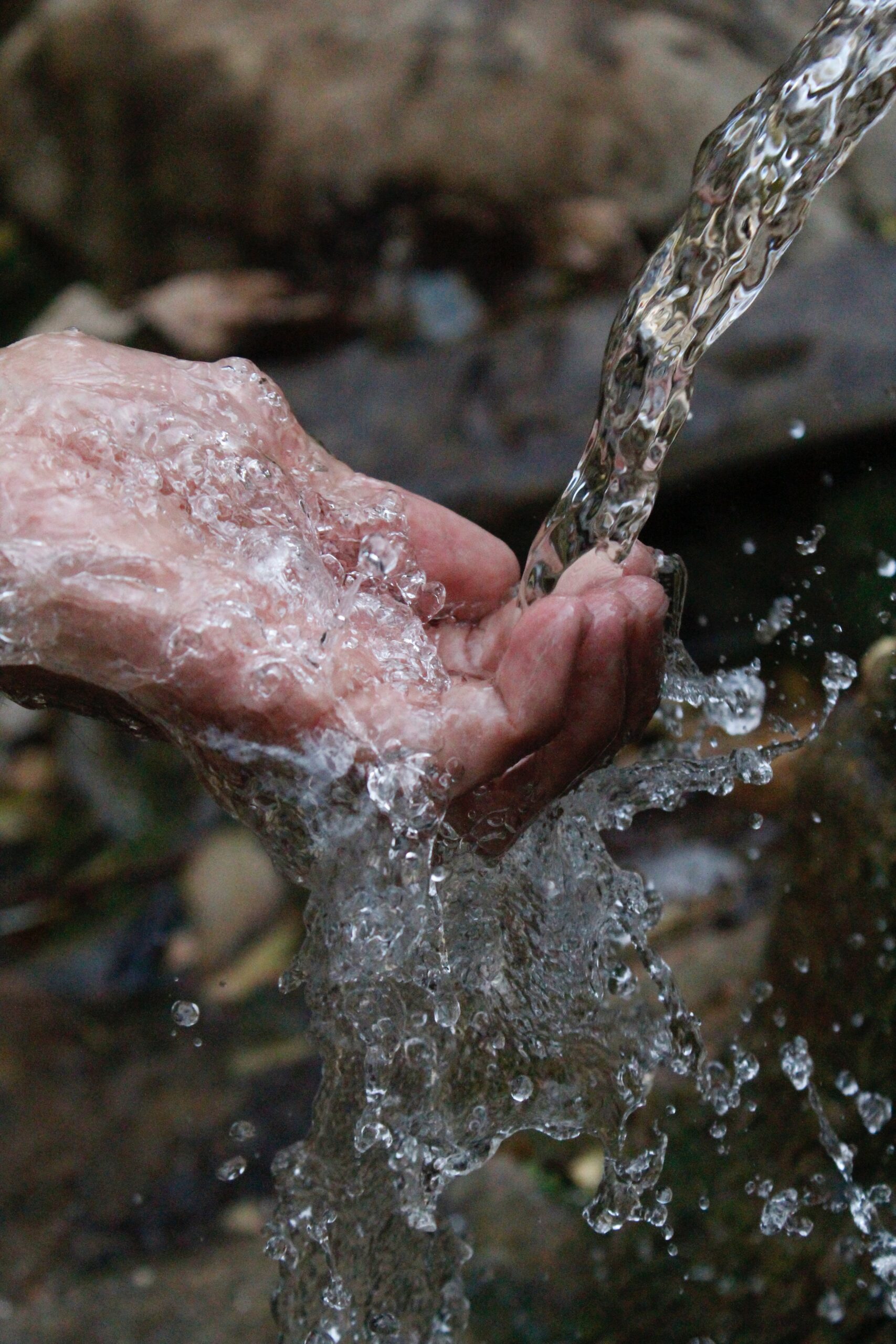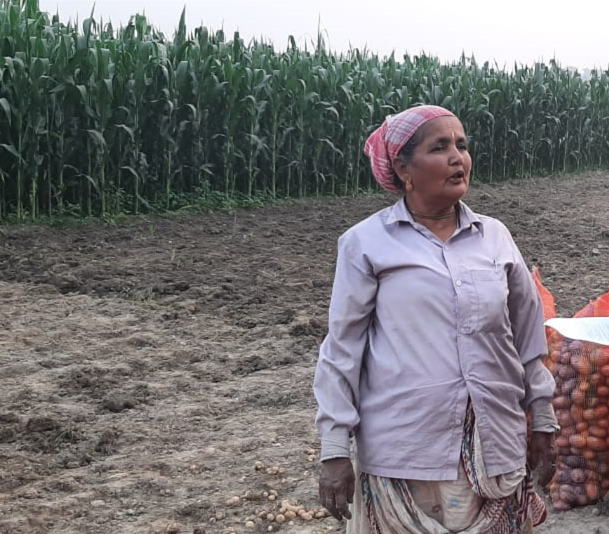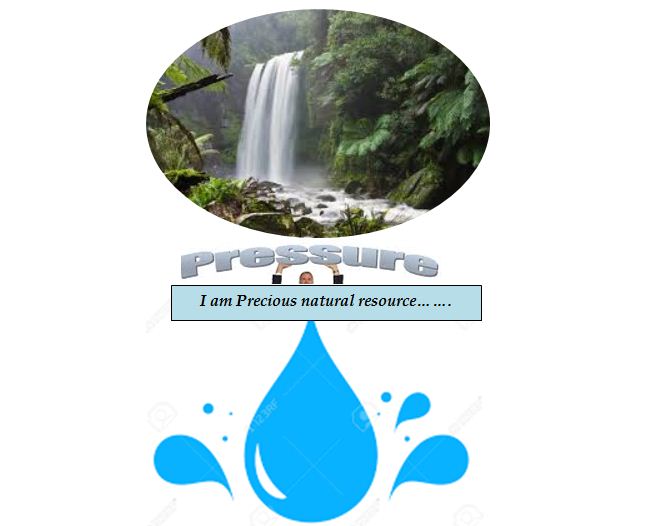Rainfed area -Focusing through Watershed Management

The Indian agriculture has a major chunk of production from Rainfed areas. Is it so? Yes! the statistics reveals that 55% of net sown area is rainfed and 50% of total agri production comes from rainfed areas. Of total production of pulse , millets and oil seeds , 90% comes from rainfed areas. Cash crops and industrial crops like cotton, sugar cane , tobacco all comes mainly from rainfed areas.
Watershed management is an important approach to enhance the productivity and sustainability of rainfed areas. Here is an example of how watershed management can benefit rainfed areas:
Example: The Bhima River watershed in Maharashtra, India
Matter to think –
Sustaining rainfed agriculture: managing water resources for food security.
In rainfed areas, depending on rainfall, the cropping is done only for a few months in a year. Even though the Rainfed areas are contributing a major chunk of Agriculture production. Sustainable agriculture and watershed management help rainfed agriculture and food security. Sustainable agriculture and the lives of millions of rainfed farmers rely on harnessing rain’s power while adjusting to climate change.
Matter ahead to think-
“If water facilities through watershed management can be arranged and irrigation is properly managed then few months of cropping per year can be shifted to multiple cropping throughout the year“.
This way the production can be increased manifold and of course! Rainfed areas can contribute manifold to production.
Watershed management has a big role to play in this aspect. Enhancing and utilizing the soil moisture is big role that watershed plays that distinguishes it from other concerned department

Visualizing the forthcoming challenges , the efforts of watershed management should be more on enhancing the capacity of Rainfed areas through effective planning of water harvesting structures in such a way that the water can be harvested and used to its maximum capacity .Few months of rain fall per year starting around June month has to be tapped in water harvesting structures like ponds , tank , Check dam etc.Like wise Trenches and dug out ponds/Percolation tanks has to be taken up in Rainfed areas as an important watershed interventions
The oilseeds crop and pulse crop has maximum of its area under rainfed agriculture. It is mainly confined in Madhya Pradesh and adjoining states . India has infact a large area under these crops but still the needs are not being addressed properly. As a result, Import of Edible Oil & Pulses is the only option left that has been followed from many years
What is required ? ………..
- Enhance the productivity of Oilseeds and pulse crop
- Develop varities of Oilseeds and pulse crop that can sustain under rainfed conditions
- Develop climate resilient varities that can perform better even under existing scenario of global warming and climate change
- Adopt Watershed approach
- Expand the irrigated area through Watershed management
- Focus on increasing the ground water
- Make small check dam(in place of big dams) as an effective watershed approach



